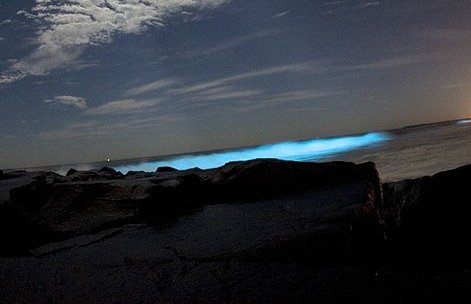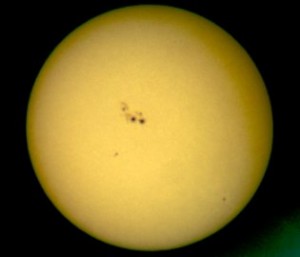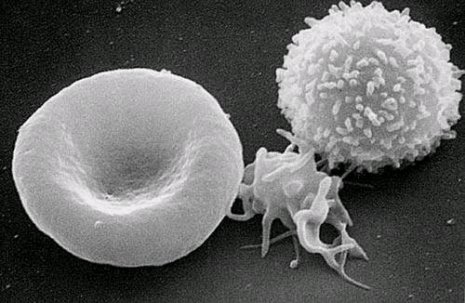
from http://en.wikipedia.org/wiki/File:Karl_Popper.jpg
In Popper’s view (and I agree with him), while you can never prove a scientific theory, you should be able to demonstrate it to be incorrect. In other words, a scientific theory should be falsifiable. There should be the possibility that some discovery would end up demonstrating that the theory is false. If a scientific theory can accommodate any data, it is not a scientific theory. This, of course, makes sense. If a theory is so plastic that it can be molded to fit any data, it is definitely not scientific.
Dr. Hunter says that evolution is not falsifiable because it is a negative argument. As he puts in in the post mentioned above:
Evolution is, and always has been, motivated by failures of creationism and design. If god did not design or create this world, then it must have evolved. Somehow. Evolutionists perform research to try to figure out how evolution could have happened, but it must have happened—that much they know. That is a metaphysical position, not a scientific position, based on a negative argument. It is not falsifiable.
While I agree with the last sentence in that quote, I don’t agree with anything that comes before it.



